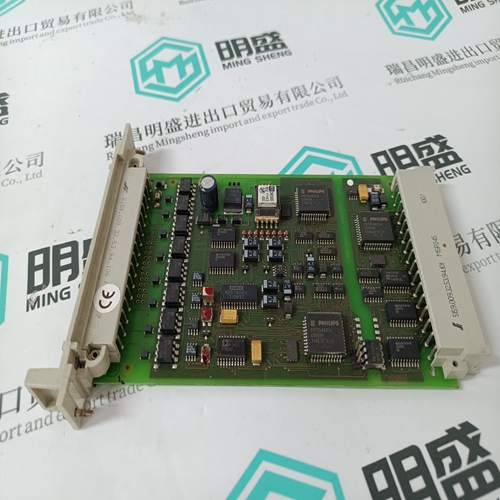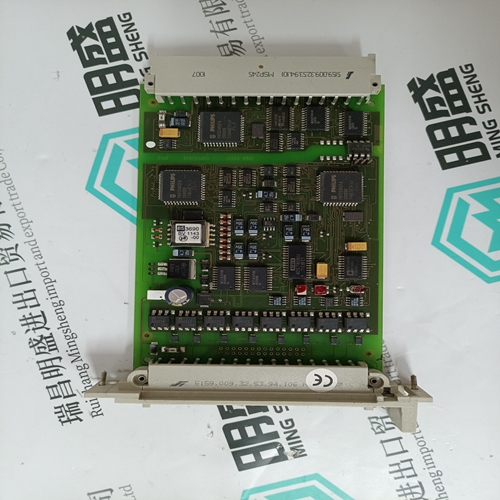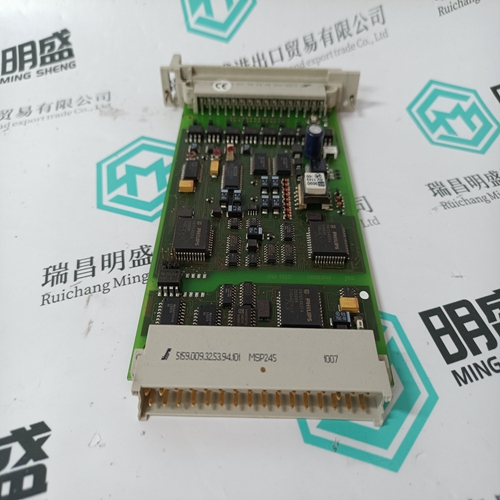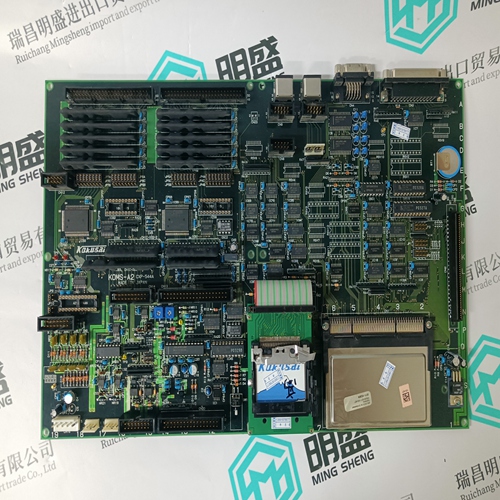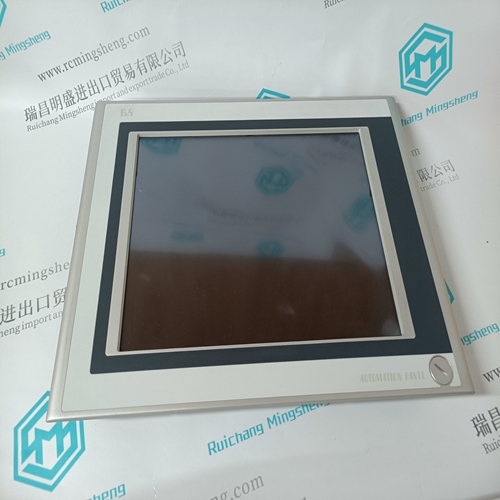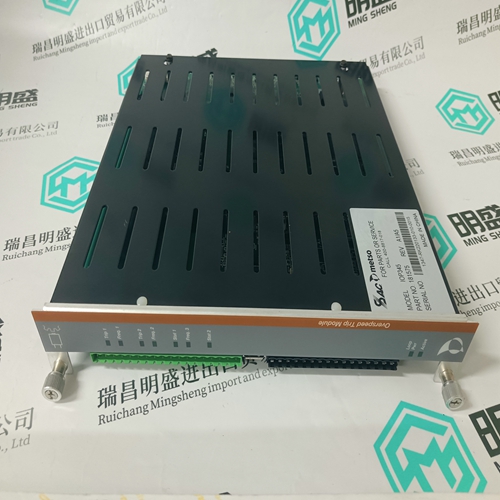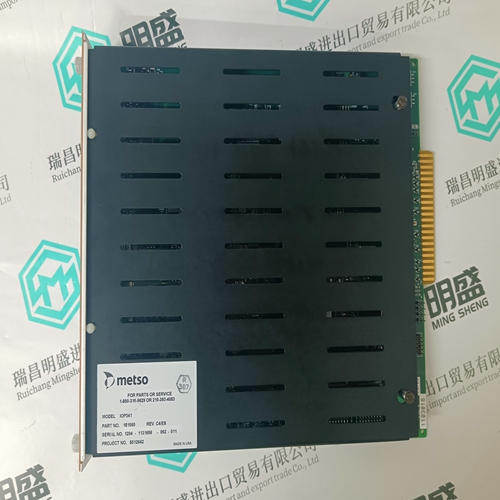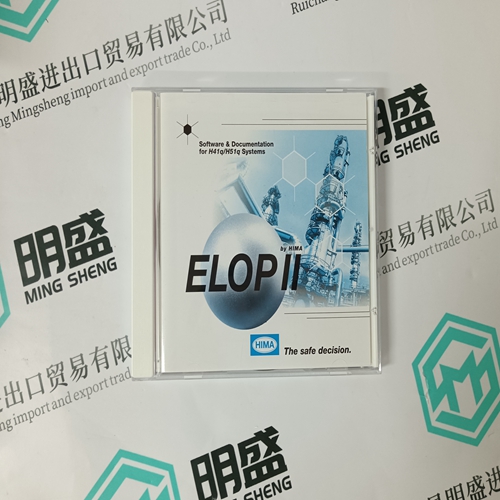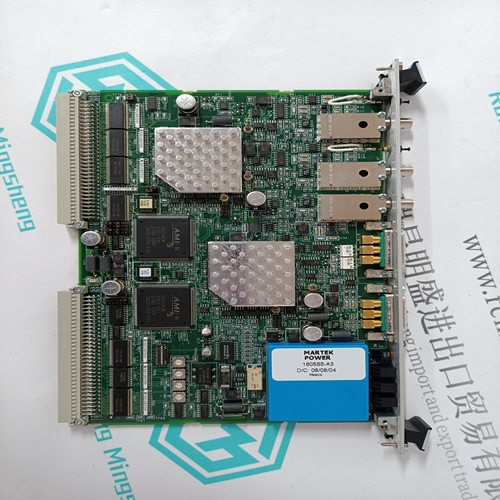Home > Product > Servo control system > HIMA F6217 Input module
HIMA F6217 Input module
- Product ID: F6217
- Brand: HIMA
- Place of origin: Germany
- Goods status: new/used
- Delivery date: stock
- The quality assurance period: 365 days
- Phone/WhatsApp/WeChat:+86 15270269218
- Email:stodcdcs@gmail.com
- Tags:HIMAF6217Input module
- Get the latest price:Click to consult
The main products
Spare parts spare parts, the DCS control system of PLC system and the robot system spare parts,
Brand advantage: Allen Bradley, BentlyNevada, ABB, Emerson Ovation, Honeywell DCS, Rockwell ICS Triplex, FOXBORO, Schneider PLC, GE Fanuc, Motorola, HIMA, TRICONEX, Prosoft etc. Various kinds of imported industrial parts
Products are widely used in metallurgy, petroleum, glass, aluminum manufacturing, petrochemical industry, coal mine, papermaking, printing, textile printing and dyeing, machinery, electronics, automobile manufacturing, tobacco, plastics machinery, electric power, water conservancy, water treatment/environmental protection, municipal engineering, boiler heating, energy, power transmission and distribution and so on.
HIMA F6217 Input module
A function block address is included in each exception report to identify the source of the report. The address is a loop, node, module, and block number. Maximum and minimum report time parameters insure that an exception report is generated for static data and limit reports for rapidly changing data. The minimum report time parameter controls the quantity of exception reports a single rapidly changing point generates. The maximum report time parameter generates a periodic report of data items that do not change. The host computer can source exception reports. The INICT12 module packages together exception reports having a common node destination. Packing places all exception reports for a destination (or multiple destinations) into one message. The INNIS01 module then sends them to other Cnet nodes as a single message. This process reduces the number of transmissions required, and adjusts the message size for maximum Cnet efficiency. NOTE: If a point goes into or out of alarm, the time parameters are ignored and the value is reported immediately. Minimum and maximum exception report times are set through FC 82. Messages The INNIS01 module processes four different message types. They are broadcast, time-synchronization, multicast, and NIS poll. Broadcast. A node generates a broadcast message when sending information to all system nodes. Typically, these messages announce changes in node status. Broadcast messages include: • Node online. • Node offline. • Node restart. • Node busy.
Time-Synchronization.
The time-synchronization message is a high priority broadcast type of message. The INNIS01 module services this message type immediately. Time-synchronization provides a common system time base to be used for sequencing exception reports, accessing trend data, and display on a human system interface such as a workstation running Conductor software. Multicast. A message that contains data for multiple destinations is a multicast message. This message can have from one to 64 destinations. NIS Poll. The NIS poll message is a single destination message. The INNIS01 module uses this message type to request the operational status of another node. Message Format. Messages exist as frames of information. Each frame consists of a message control field that follows an information field. The information field contains the message data. It can consist of multiple messages and vary in size to a maximum of 1,500 bytes. The control field contains time of origination, sequence, source, size, circulation count, message type, destinations, and checksum. The INNIS01 module increments the circulation count field of all incoming messages. When a message count field exceeds 255, the message is discarded. This is useful in keeping retry and spurious message traffic to a minimum. The INNIS01 module uses the message type to determine how to process the message. The checksum and cyclic redundancy check code fields verify data integrity.
